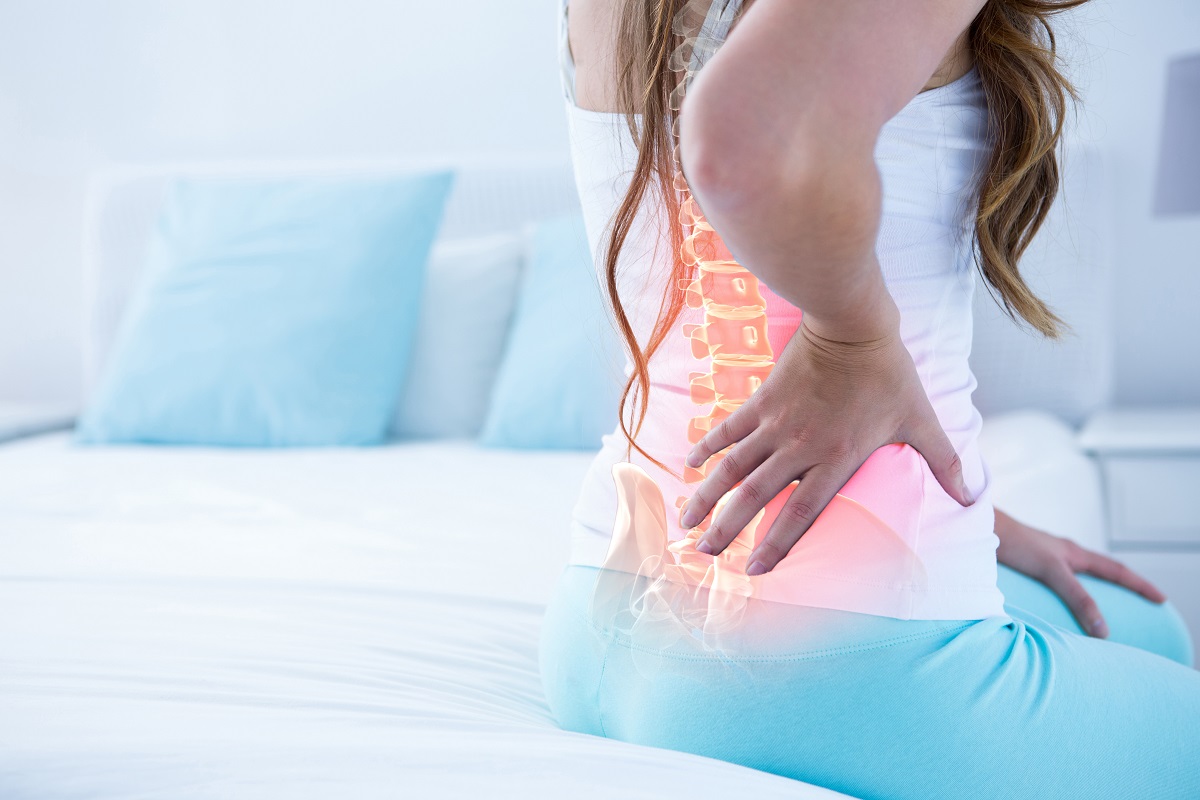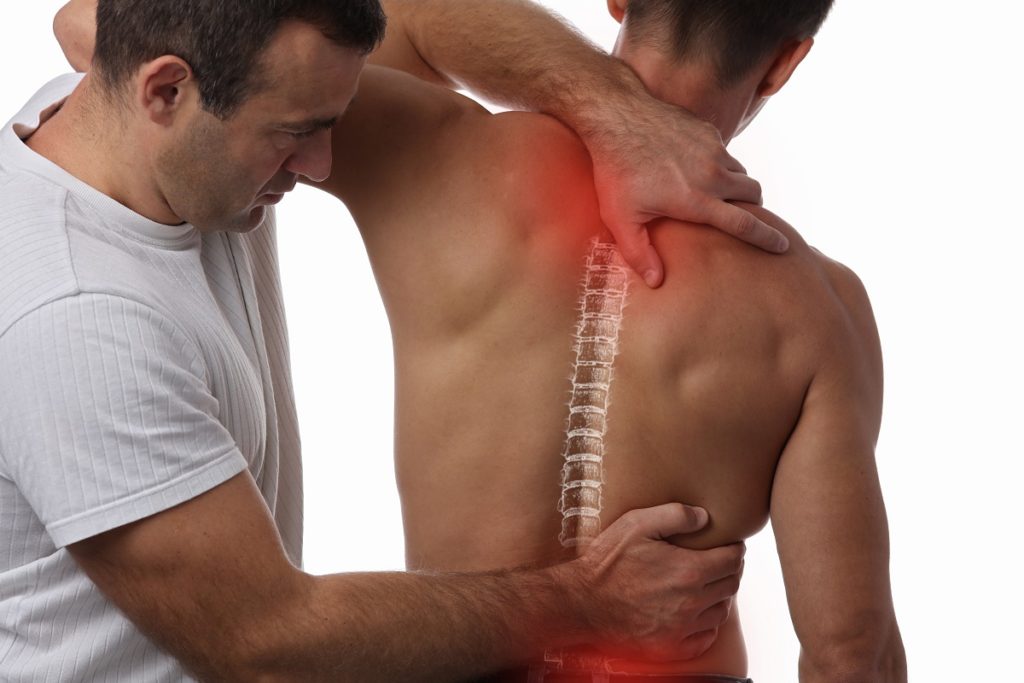The spine or backbone is the central support of the human body. It is comprised of several vertebrae, bones that protect and provide support to the spinal cord and the surrounding nerves. The spine is responsible for keeping us upright; it connects the head, shoulders, arms, chest, pelvis, and legs to each other. It also carries the weight of these parts of the body, allowing us to move in all directions. Although made up of bones, it is flexible because of the spinal disks and elastic ligaments surrounding it.
Naturally, the spine is slightly curved, taking the shape of an S. This structure helps the body to absorb stress caused by various movements and gravity. In some instances, certain conditions and injuries can affect the spine, causing the curvature to become misaligned or exaggerated. Below are some of the common curvature disorders that affect the spine.
Scoliosis
This condition is characterized by a side-to-side curvature of the backbone. According to a report by the American Association of Neurological Surgeons (AANS), 80% of cases of scoliosis do not have an identifiable cause. However, common causes include birth defects, injury, infection, cerebral palsy, tumors, differences in the lengths of a person’s legs, muscular dystrophy, and other problems to the nervous system. Genetics may also play a part. Common symptoms include uneven shoulders, shoulder blades having different heights or positions, uneven waist, and hips not having the same height.
This type of spine disorder can develop during early childhood and may affect both genders. It can also start developing during the adult stage. Scoliosis is categorized into three classifications based on etiology: neuromuscular, congenital, and idiopathic.
Neuromuscular scoliosis is caused by neurological or muscular diseases, which include cerebral palsy, spina bifida, spinal muscular atrophy, muscular dystrophy, and spinal cord trauma. Of the three types, neuromuscular scoliosis tends to progress more rapidly.
Congenital scoliosis is often a result of embryological malformation of vertebrae on any part of the spine. The location of the curvature abnormality determines the rate at which the condition can progress as the child grows. Since congenital scoliosis is present at birth, it is often detected at an early age.
Idiopathic scoliosis is the most common among the three types. It is often diagnosed during puberty.
Treatment for scoliosis often depends on several factors, which include age, type and amount of curvature, type of scoliosis, and whether the patient is still likely to grow. Scoliosis private treatment is available and may involve surgery, bracing, and observation. The form of treatment to be used will be based on the assessment and medical findings of a licensed medical practitioner.

Lordosis
This condition is a type of spine disorder that affects the neck and the lower back. It is characterized by a curvature in the lower back that bends too far inward. Severe lordosis can affect movement if left untreated.
Lordosis can affect people regardless of age, but those who are at high risk are those suffering from obesity, osteoporosis, achondroplasia, spondylolisthesis, and osteosarcoma. Apart from excessive inward curvature of the spine, symptoms also include numbness, tingling sensation, muscle control problems, electric shock pains, weakness, poor bladder control, and muscle pain that may extend to the upper back, shoulders, and neck.
Lordosis treatment can include weight loss, medication, braces, taking vitamin D and other nutritional supplements, daily physical therapy, and surgery.
Kyphosis
This type of spine curvature disorder is more common in older women, although it can also affect people at any age. Kyphosis is often caused by the weakening of the spinal bones, causing the vertebrae in the upper back portion to compress or crack. Kyphosis can be mild or severe. Symptoms include back pain, an abnormally curved backbone, and stiffness.
There are several factors that can lead to kyphosis. These include fractures, disk degeneration, birth defects, cancers and their treatments, Scheuermann’s disease, osteoporosis, and syndromes, such as Marfan syndrome and Ehlers-Danlos syndrome. Complications can lead to digestive problems, breathing problems, and limited physical functions. People with kyphosis may also develop extremely low self-esteem and isolate themselves from society because of the way their body looks.
Treatment for kyphosis may involve physical therapy, which is meant to strengthen the back and abdominal muscles.
Any type of spinal disorder can compromise a person’s way of life. The disability caused by such a disease is serious and may require expensive treatment. Diagnosis often includes x-rays, magnetic resonance imaging (MRI), computed tomography (CT) scan, myelography, and other types of assessments deemed vital by the attending physician.

